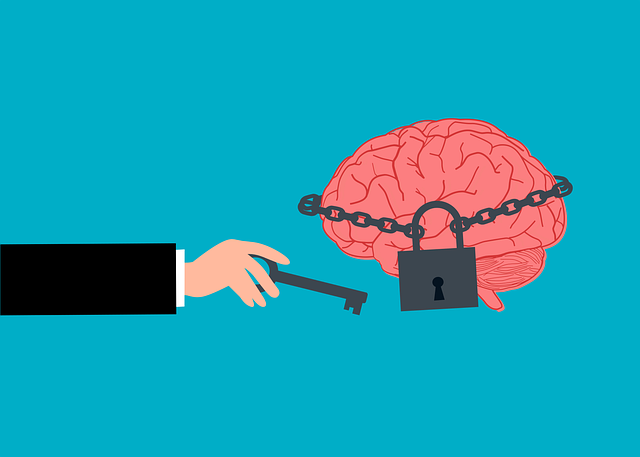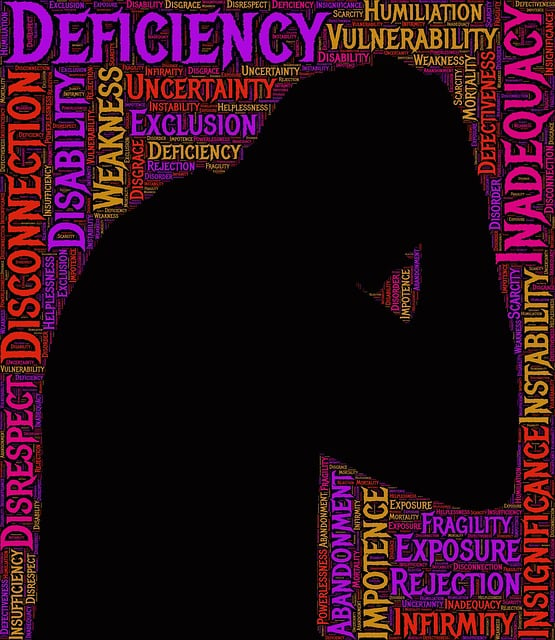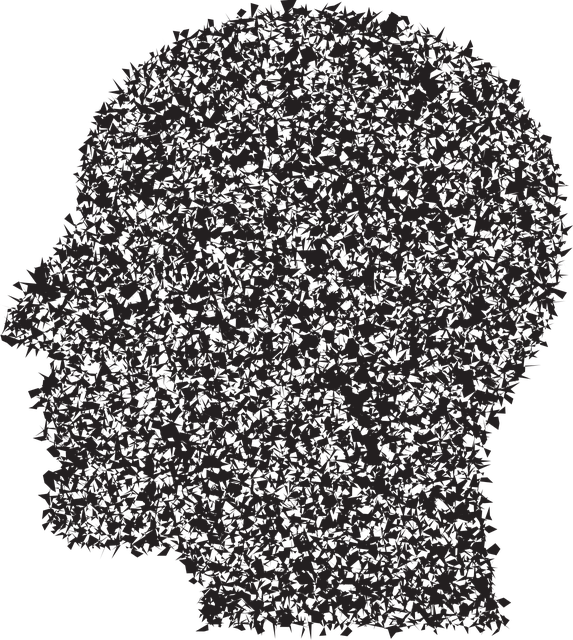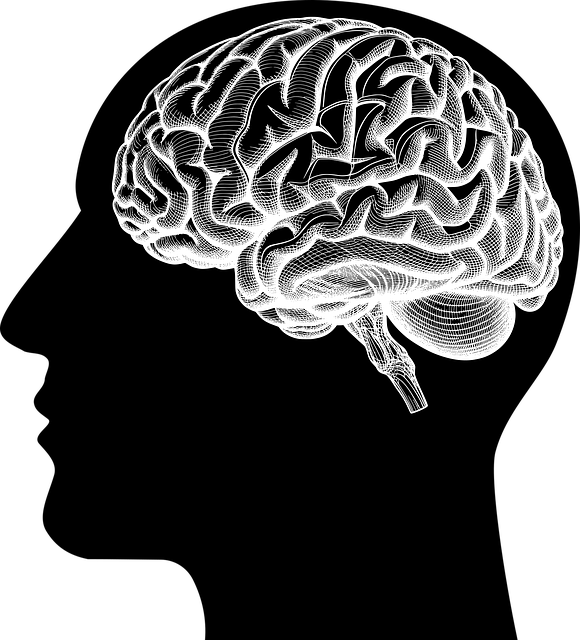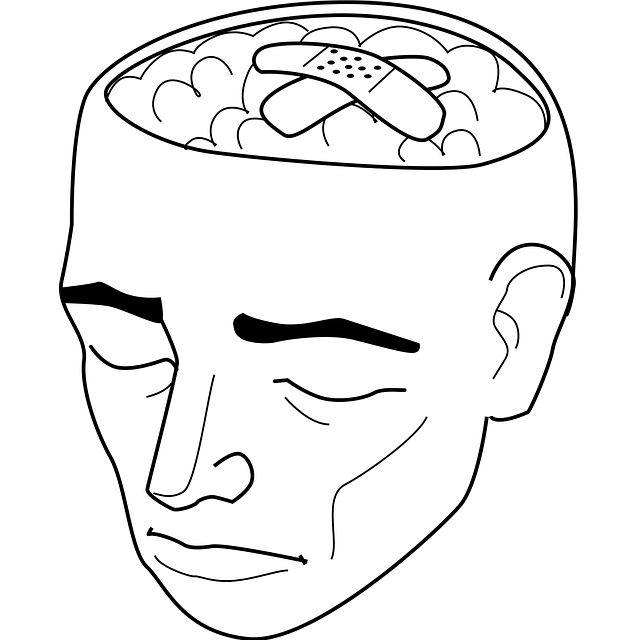Wheat Ridge Biofeedback Therapy prioritizes understanding community needs through demographic analysis and cultural sensitivity to design tailored mental health programs. They employ creative outreach strategies, like interactive workshops and engaging content, to attract diverse audiences (youth, adults) in educational sessions focused on positive thinking and inner strength development. Strategic partnerships with local organizations expand their reach, integrating stress management workshops into schools and community centers. Implementation involves strategic location selection, trainer training, consistent scheduling, and open communication while emphasizing non-judgmental biofeedback practices. Success is measured through qualitative and quantitative assessments of program impact, participant well-being, and community engagement, ensuring continuous improvement in outreach efforts.
Community outreach programs play a pivotal role in expanding access to essential wellness services, such as Wheat Ridge Biofeedback Therapy. This article delves into the strategic implementation of these programs, guiding healthcare providers and advocates through each step. From understanding community needs and identifying target demographics to designing creative engagement strategies, building partnerships, and best practices for program delivery, we explore proven methods to reach and benefit diverse populations with Wheat Ridge Biofeedback Therapy. Measuring success and evaluating outcomes are also crucial aspects covered, ensuring the long-term impact of these initiatives.
- Understanding Community Needs: Identifying Target Demographics for Wheat Ridge Biofeedback Therapy Programs
- Designing Effective Outreach Strategies: Creative Ways to Engage and Educate Potential Participants
- Building Partnerships: Collaborating with Local Organizations to Amplify Reach and Impact
- Implementing the Program: Best Practices for Delivering Wheat Ridge Biofeedback Therapy in Community Settings
- Measuring Success and Evaluating Outcomes: Assessing the Effectiveness of Community Outreach Initiatives
Understanding Community Needs: Identifying Target Demographics for Wheat Ridge Biofeedback Therapy Programs

Understanding Community Needs is a foundational step in implementing effective Wheat Ridge Biofeedback Therapy Programs. The first task involves identifying target demographics that stand to benefit most from such interventions. This includes considering age groups, socio-economic status, and cultural backgrounds, as these factors can significantly influence mental health and wellness outcomes. For instance, youth may require support for stress management and anxiety reduction, while older adults might seek assistance with cognitive decline or chronic pain.
Cultural Sensitivity in Mental Healthcare Practice plays a pivotal role here. By understanding the unique needs and preferences of different cultural groups, healthcare providers can tailor Wheat Ridge Biofeedback Therapy to foster Positive Thinking and Inner Strength Development. This ensures that programs are inclusive, accessible, and genuinely beneficial for all members of the community, addressing not just symptoms but also promoting holistic mental well-being.
Designing Effective Outreach Strategies: Creative Ways to Engage and Educate Potential Participants

Designing effective outreach strategies is a key component of successful community programs like Wheat Ridge Biofeedback Therapy. Creative engagement methods can significantly enhance participation and education around mental health topics. Consider hosting interactive workshops that demonstrate the benefits of biofeedback techniques for anxiety relief, or using visual aids to explain complex concepts in simple terms. Engaging activities foster interest and make learning enjoyable.
Tailoring these strategies to diverse audiences is essential. For example, designing separate programs targeting youth and adults ensures relevant content delivery. Incorporating elements like storytelling, games, or music can appeal to various age groups and learning styles. By implementing these creative approaches in mental health education programs design, Wheat Ridge Biofeedback Therapy can build a strong foundation for community outreach, ultimately improving the accessibility and impact of services like social skills training.
Building Partnerships: Collaborating with Local Organizations to Amplify Reach and Impact

Building strong partnerships with local organizations is a key strategy for expanding the reach and impact of community outreach programs, such as those offered by Wheat Ridge Biofeedback Therapy. By collaborating with schools, community centers, and healthcare providers, these initiatives can tap into existing networks and touch a wider audience. For instance, partnering with local schools to integrate stress management workshops could introduce valuable burnout prevention strategies for healthcare providers to students, parents, and teachers.
Such collaborations enhance the program’s effectiveness by leveraging mutual resources, expertise, and audiences. Effective communication strategies and shared goals ensure that the message of stress management and wellness resonates further, ultimately fostering a healthier community. This approach enables organizations to create a ripple effect, where initial efforts lead to broader awareness and positive changes in stress-related behaviors.
Implementing the Program: Best Practices for Delivering Wheat Ridge Biofeedback Therapy in Community Settings

Implementing Wheat Ridge Biofeedback Therapy in community settings requires a strategic approach that blends scientific techniques with empathetic engagement. Start by identifying accessible locations like local community centers or libraries, ensuring they offer adequate space and facilities for sessions. Train facilitators on not only the technical aspects of biofeedback but also effective communication strategies and compassion cultivation practices. This holistic training empowers them to connect profoundly with participants, fostering a safe and supportive environment conducive to inner strength development.
During implementation, prioritize consistency in scheduling and maintain open lines of communication with both participants and host organizations. Adapt the therapy’s delivery to suit diverse needs and backgrounds while consistently emphasizing the non-judgmental nature of biofeedback. Regularly solicit feedback from participants to refine practices and ensure the program remains impactful and relevant to the community served.
Measuring Success and Evaluating Outcomes: Assessing the Effectiveness of Community Outreach Initiatives

Measuring success and evaluating outcomes are pivotal components of any Community Outreach Program Implementation. At Wheat Ridge Biofeedback Therapy, we employ both qualitative and quantitative methods to assess the effectiveness of our initiatives. This includes pre-and post-program surveys to gauge changes in participants’ stress levels, mental health, and overall well-being. We also track attendance rates, engagement during workshops, and feedback from community partners to ensure our programs align with the needs of those we serve.
By analyzing these metrics, our organization can identify what’s working and what requires refinement. For instance, if participants in our Stress Management Workshops Organization report significant improvements in managing anxiety but lack follow-up support, we might adapt our program to include ongoing resources and accountability measures. This data-driven approach allows us to enhance our Community Outreach Program Implementation, ultimately fostering greater confidence boosting within the community.
Implementing community outreach programs for Wheat Ridge Biofeedback Therapy requires a strategic approach that involves understanding local needs, designing engaging strategies, building partnerships, and adhering to best practices. By identifying specific demographics and collaborating with relevant organizations, the therapy’s reach can be significantly amplified. Creative engagement methods and effective implementation ensure positive outcomes, allowing these initiatives to serve as powerful testaments to the community’s improved well-being.
